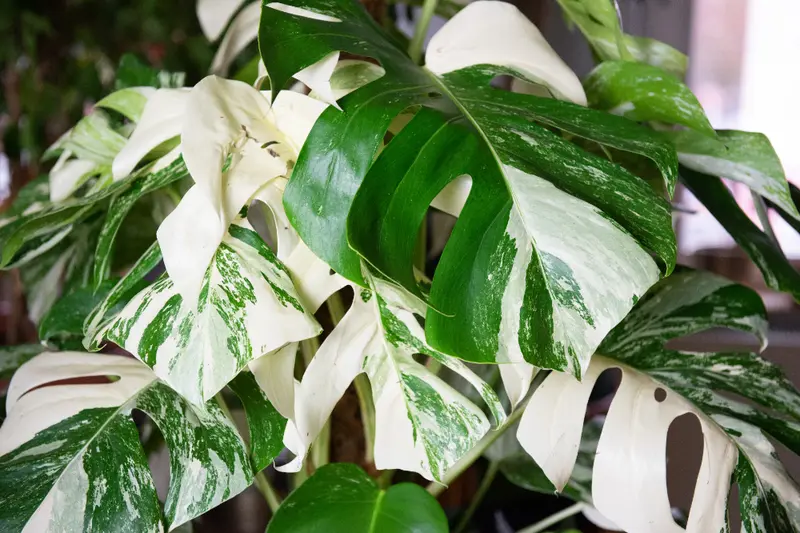When you know how to prune Wisteria, you'll be able to keep it in top shape with abundant flowers and beautiful foliage. Wisteria is beloved by many and adorns numerous walls, pergolas, and trellises from late spring to early summer. There are various varieties, ranging from white to lilac and darker purple, which can also climb arches and even trees. Once you know how to prune your Wisteria, caring for it becomes pretty simple. Just follow these steps.

Know how to prune Wisteria
Wisteria can be pruned twice a year, during the summer and again in January or February. Pruning in July or August involves cutting back the long, "whippy" green shoots to about five leaves. Make sure to do this after it has finished flowering. By doing so, you'll control the size of the Wisteria and prevent it from taking over your windows. It also encourages more flower production. Pruning in winter entails cutting back those same shoots to three buds for a tidy look.

Techniques for pruning Wisteria
If you have an older Wisteria, you might need to prune it back more severely and remove old or dead growth. You can trim longer branches and older stems just above stronger, younger branches. You can also cut back to a main branch. When performing hard pruning, take your time and proceed with care to ensure that the framework has well-spaced branches. Hard pruning promotes new growth and can be done during winter.
How to prune Wisteria and train it correctly
While Wisteria can grow and find its own path, regular pruning tends to result in more flowers. When growing against a wall, it will require some support, such as galvanized steel wires placed horizontally. For pergolas, allow the flowers to cascade above your head. Wisteria can even be trained to grow into trees, although pruning can be more challenging, and flowering may be reduced if the tree canopy is dense. Plant the Wisteria about 1m away from the trunk on the south side of the tree.
Now that you know how to prune Wisteria, which variety should you choose to grow?
The most common varieties are blueish-lilac, but there are also white, pink, and purple varieties, many of which have a delightful fragrance.
- Most Wisteria species climb by twining around their support, but Wisteria floribunda twines clockwise, while Wisteria sinensis climbs counterclockwise.
- The most commonly seen is Wisteria sinensis, with 'Prolific' being the most popular cultivar.
- Others include Wisteria sinensis 'Amethyst,' Wisteria floribunda 'Domino,' and Wisteria brachybotrys 'Showa-beni,' which is pink and white.
When you visit our store, you can choose from our selection of Wisteria plants and find the necessary tools to prune them properly.




